
|
ECGbook.com Making Medical Education Free for All |
Upload ECG for Interpretation |

|
ECGbook.com Making Medical Education Free for All |
Upload ECG for Interpretation |

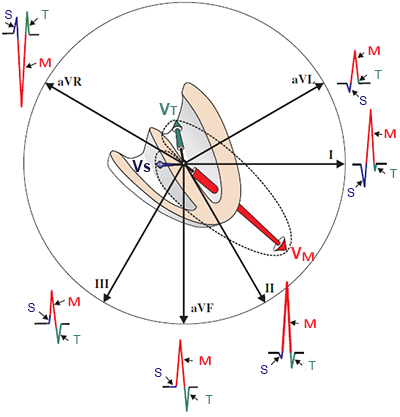
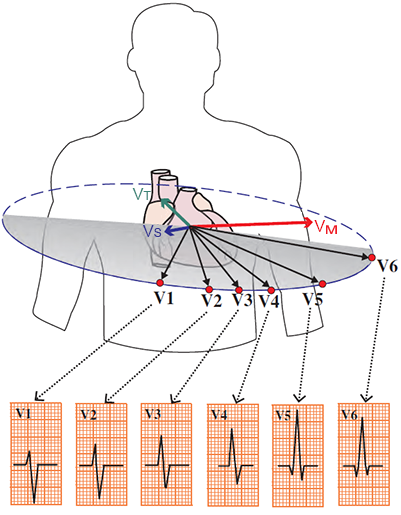
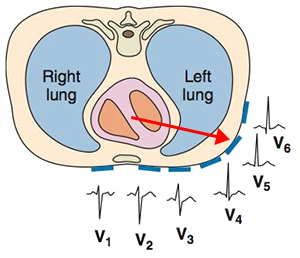
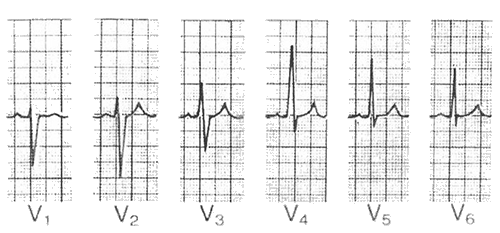
R Wave Progression and Transition Zone
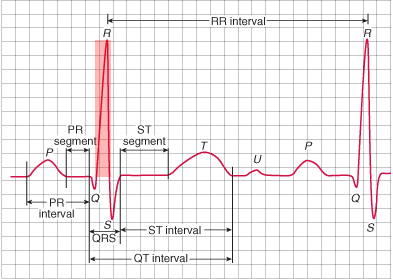
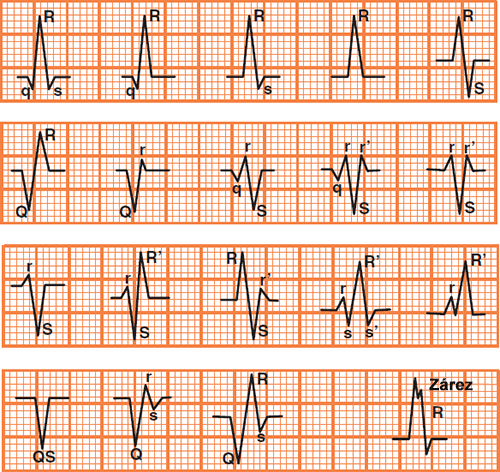
Nomenclature of the QRS Complex
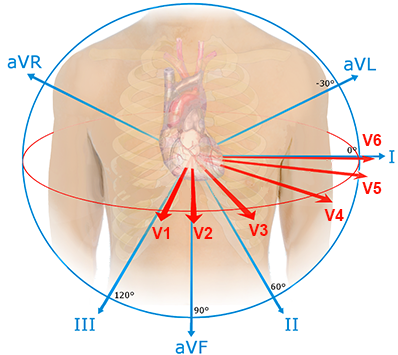
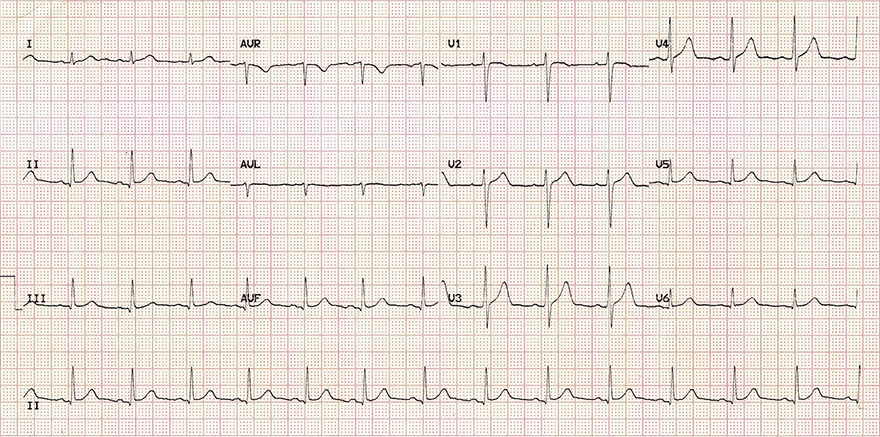
Sinus Rhythm
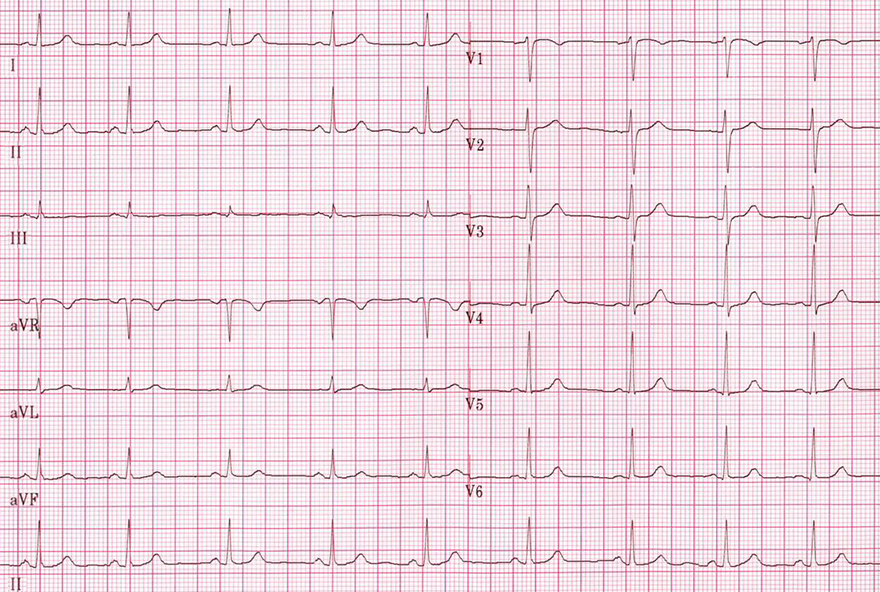
Physiological R Wave
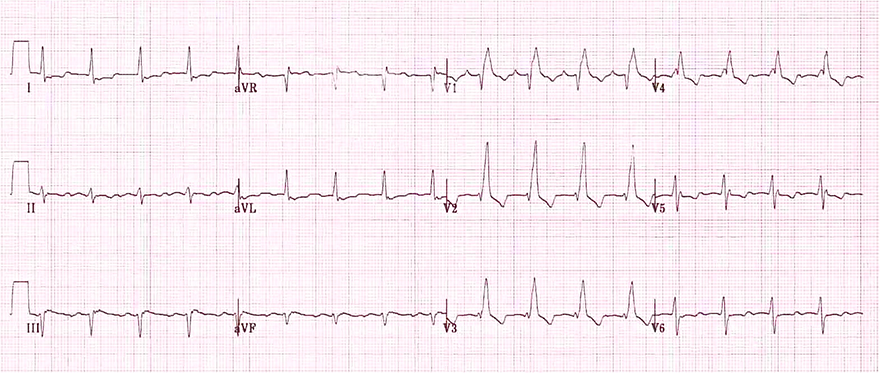
Right Bundle Branch Block
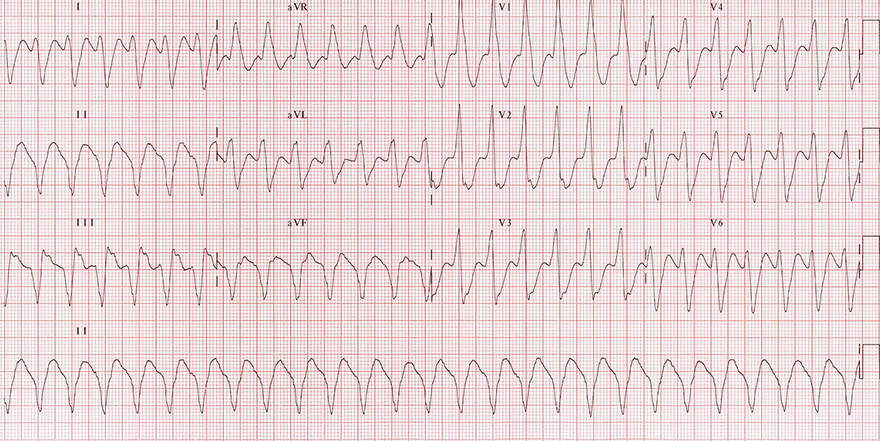
Ventricular Tachycardia
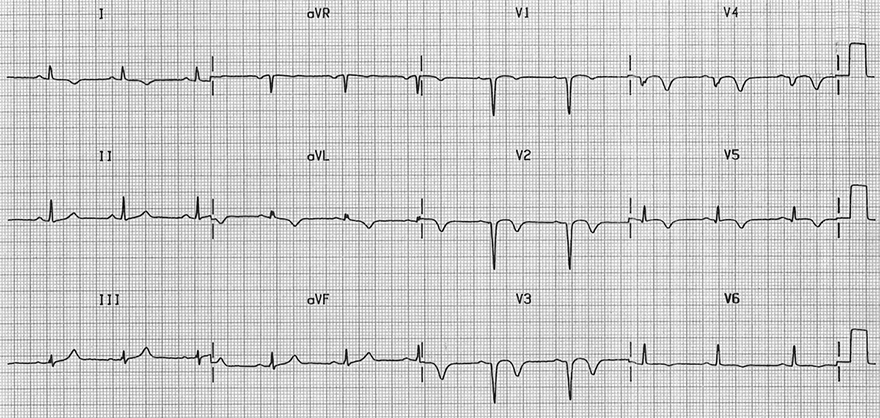
Old Antero-Septal Infarction
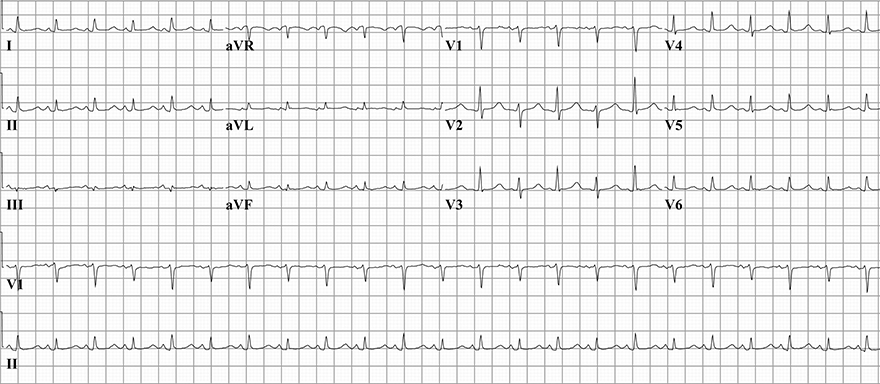
Pericardial Effusion
Sources
Mechanism of R Wave Formation
|

|
Limb Leads and R Wave
|
 |
Precordial Leads and R Wave
|
 |
 |
 |
R Wave Progression and Transition Zone
ECG and R Wave
|
 |

Nomenclature of the QRS Complex
Pathological R Wave
|
 |

Sinus Rhythm

Physiological R Wave

Right Bundle Branch Block

Ventricular Tachycardia

Old Antero-Septal Infarction

Pericardial Effusion
Sources